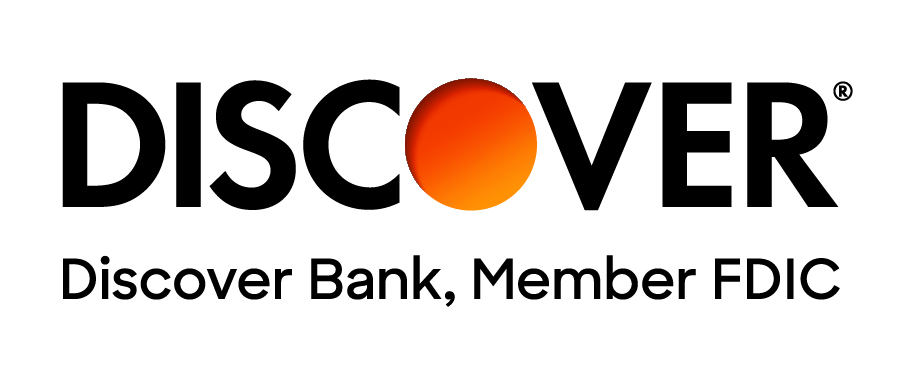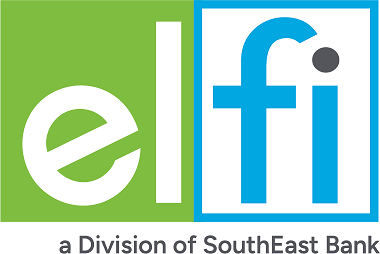Student loan debt is largely unavoidable. The aim should be to borrow as little as necessary. By adopting strategies to lower your debt, you can take greater control of your financial future. Read on for tips to help you make smarter borrowing decisions and save money.
While avoiding student loan debt entirely might not be possible, the goal should be to minimize how much you need to borrow. By focusing on strategies to reduce debt, students can better manage their financial future. Keep reading for tips to help you borrow smarter and save more.
Working through college can help, but it's not a foolproof way to completely eliminate student loan debt. Students who work part-time, up to 12 hours a week, are twice as likely to graduate within six years compared to those who work full-time, 40 hours or more weekly. Part-time jobs can enhance academic performance by teaching students valuable time management skills. Conversely, full-time work often detracts from study time, making students half as likely to graduate. It's more effective to enroll full-time and work part-time, rather than the other way around.

Experts at Edvisors analyzed data from the 2007–08 National Postsecondary Student Aid Study (NPSAS) and found the following characteristics as predictive of graduating with little or no student loan debt:
- Enrollment at an in-state public college. Despite the cutbacks in state support for public colleges and the increases in tuition, these are still among the least expensive options for pursuing a college degree. Students who graduate from public colleges and universities are less likely to have borrowed, and those who do borrow tend to graduate with less debt.
- Enrollment in a 2-year or shorter program. Community colleges are among the least expensive colleges. Half of undergraduate students who graduated with no debt graduated from a community college and a third graduated from a public 4-year college.
- Enrollment in a low-cost college. Another way of characterizing the type of college where students are least likely to graduate with debt is the college cost. Seven-eighths of students who graduate with no debt graduate from a college with annual tuition and fees of $10,000 or less.
- No loans colleges. There are also about six dozen mostly independent non-profit colleges that have adopted generous "no loans" financial aid policies. Students can still choose to borrow at these schools for their share of college costs, but the financial aid awards offered by these schools will not include any student loans. A full-need student might graduate with no debt. For example, the average debt at graduation for Princeton University, the school that started the no loan trend in the 1998-99 academic year, was $5,640 in 2011-12, with only 5% of undergraduate students borrowing to pay for their education.
- Living at home with parents. Students who enroll at an in-state college can further save on college costs by living at-home with their parents. Most community colleges are non-residential. But this is also true of students who graduate from residential 4-year institutions. Another way to save for students who go to school far from home is to live in an apartment and share the rent with a roommate. Students can also minimize the number of trips home from school to save on travel costs.
- Spending less on textbooks. Students who graduate with no debt are more likely to spend less than $1,000 a year on textbooks. They rent textbooks or buy used textbooks and sell their textbooks back to the bookstore at the end of the academic term.
The financial resources of a student's parents greatly influence the debt accumulated upon graduation. For undergraduate students, those from high-income families have a 56% graduation rate without debt, compared to 45% for middle-income students and 36% for low-income students. This difference is attributed to the fact that more than two-thirds of debt-free students receive financial assistance from their parents for tuition and fees. Students whose parents have advanced degrees are also more likely to graduate without debt, likely due to higher income levels.
To ensure a balanced debt-to-income ratio, students should aim to have total student loan debt at graduation lower than their expected annual starting salary, preferably significantly lower. If total student loan debt is less than annual income, the student will be able to repay the loans within ten years or less. However, if the total student loan debt exceeds annual income, the student may struggle to repay the loans and might need alternate repayment plans such as extended repayment or income-based repayment to afford monthly payments. This situation increases the likelihood of the students still repaying their own student loans when their children enroll in college, making it less likely that they will have saved for their children's education. These parents may also be less willing to borrow to support their children's college costs.
Do not change academic majors or transfer colleges. This increases time to finish by about a year and may increase debt. Consider tuition installment plans as a less expensive alternative to long-term debt. Tuition installment plans let students pay their college bills in equal installments over the academic year. Tuition installment plans do not charge interest, but typically charge an up-front fee of $50 to $100. Check with your college or university for more information about this possible option.
Live like a student while you are in school so you do not have to live like a student after you graduate.





















